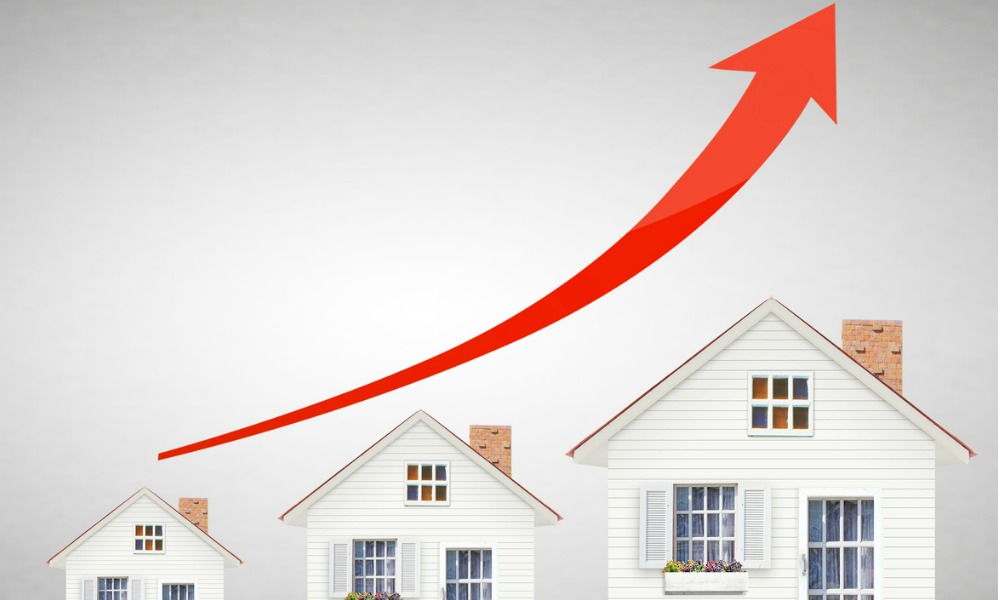And it looks like working from home was most of it

The shift to working from home spurred more than half of the rise in house and rent prices during the COVID-19 pandemic, and will likely continue to drive costs and inflation as the remote-work shift becomes permanent, according to new research from the Federal Reserve Bank of San Francisco.
“The transition to remote work because of the COVID-19 pandemic has been a key driver of the recent surge in housing prices,” economists Augustus Kmetz and John Mondragon of the San Francisco Fed and Johannes Wieland of the University of California, San Diego, wrote in a note.
Housing prices spiked by 24% in the two years to November 2021, according to The Australian Financial Review. More than 60% of that rise is due to the spike in working from home during the pandemic. And the remote-work trend is ongoing, with 30% of work still being done from home as of last month, AFR reported.
Read next: When will house prices find their floor?
“This suggests that the fundamentals of housing demand have changed, such that the persistence of remote work is likely to affect the future path of real estate prices and inflation,” the economists said.
<insert ABS data image>
The economists adjusted housing data to account for the exodus from expensive cities to more affordable areas that occurred during the pandemic, AFR reported. They found that each one-percentage-point increase in remote work results in an increase in house prices of about 0.9 percentage points. The impact on rent prices was identical, AFR reported.
If you could work anywhere in the world, where would it be? According to a survey by CapRelo, Europe takes the top spot, followed closely by Asia.
Global desired relocation areas for full-time remote work 2021, by geography
|
Europe |
28.7% |
|
Asia |
23.2% |
|
North America |
18.2% |
|
Same continent one currently lives on |
14.2% |
|
South America |
8.2% |
|
Australia |
5.7% |
|
Africa |
1.5% |
|
Antarctica |
0.3% |



